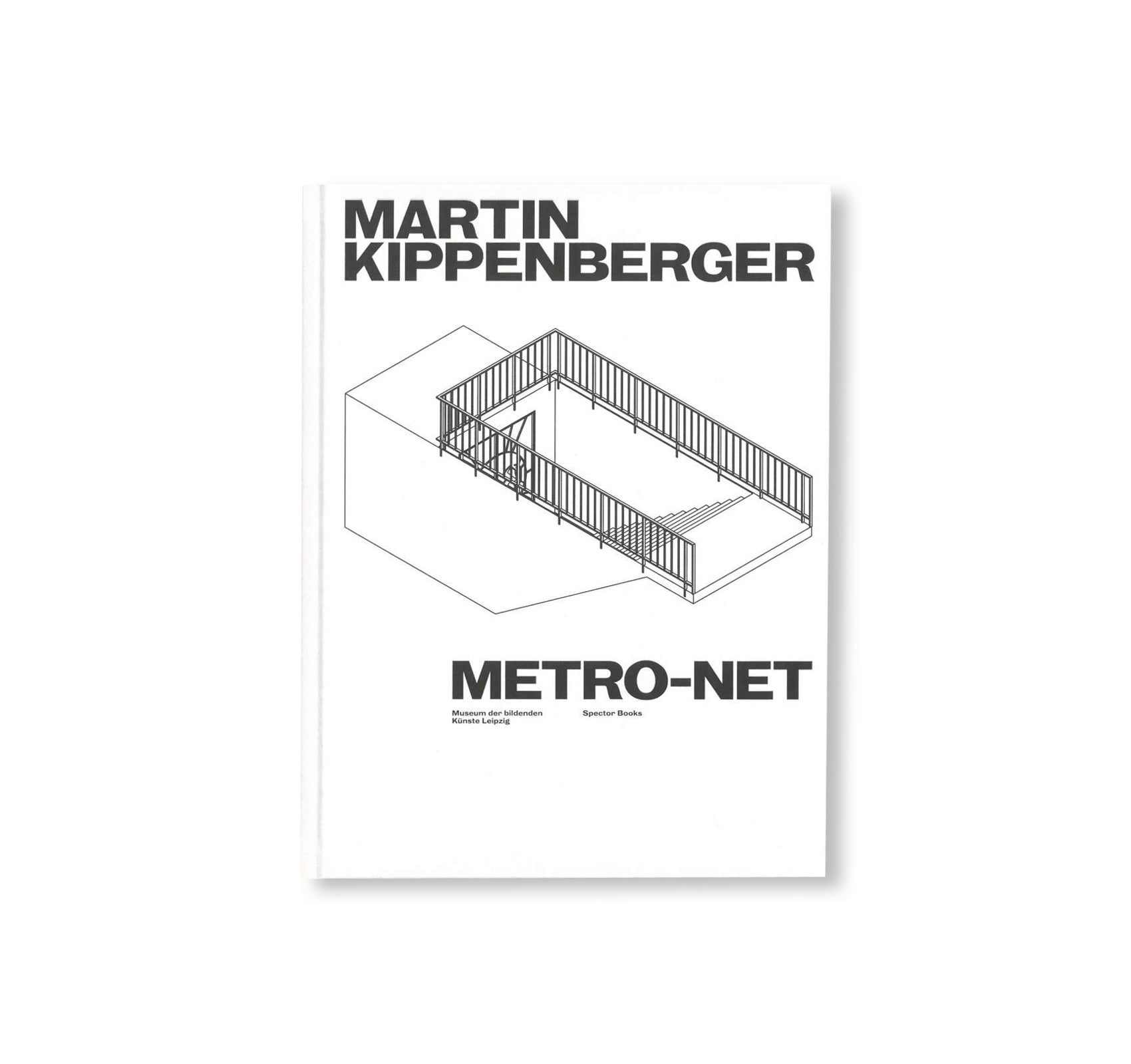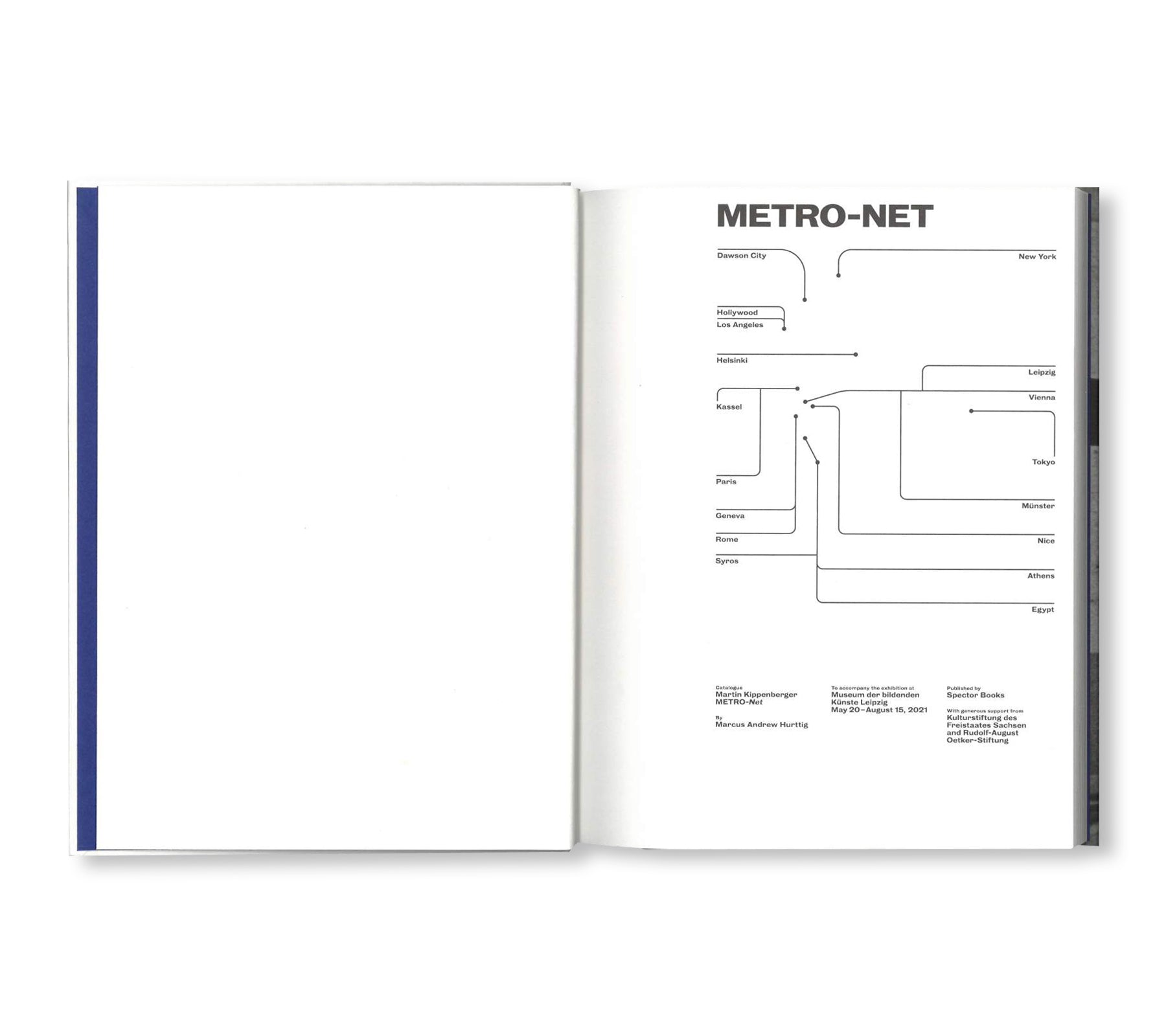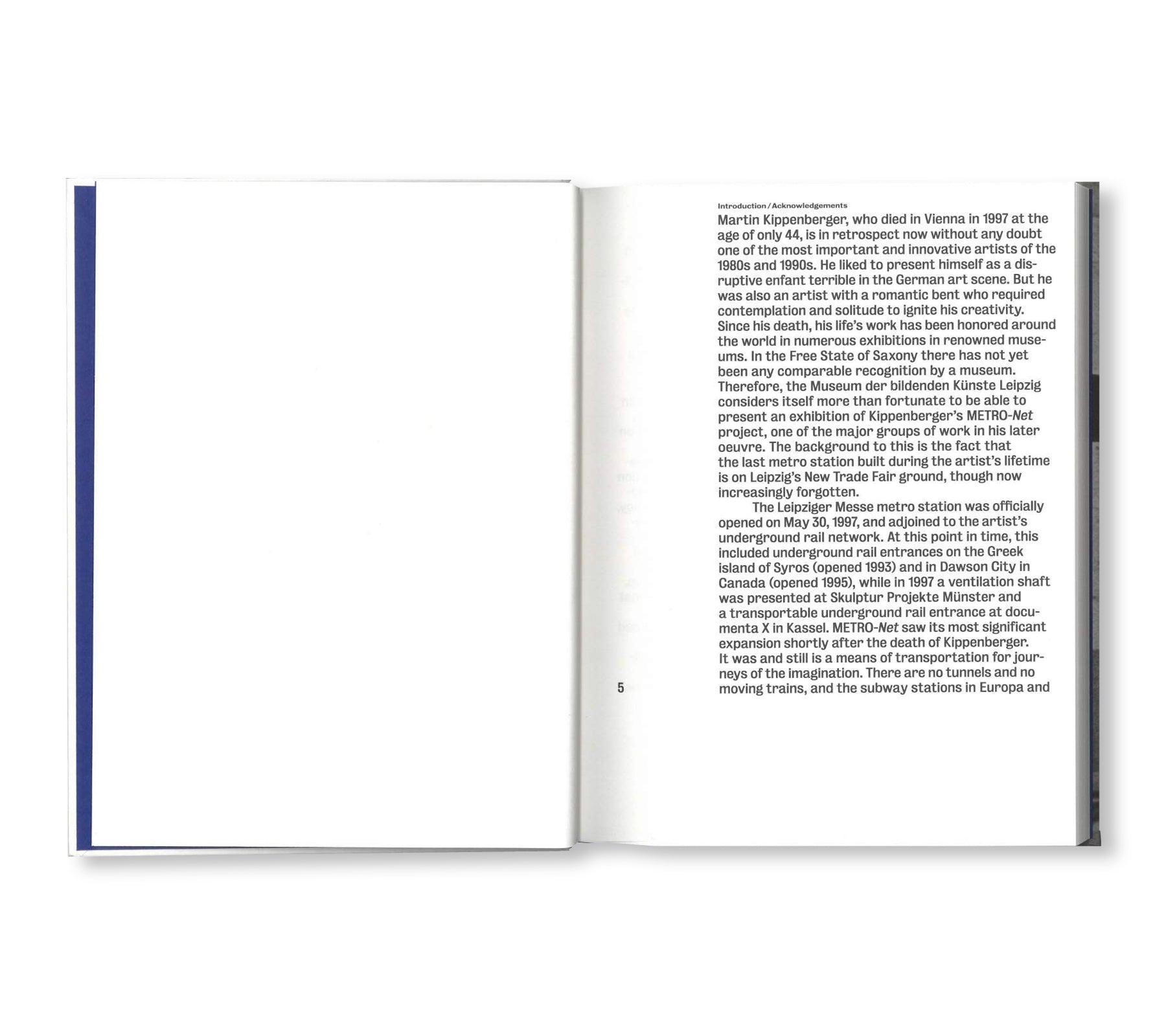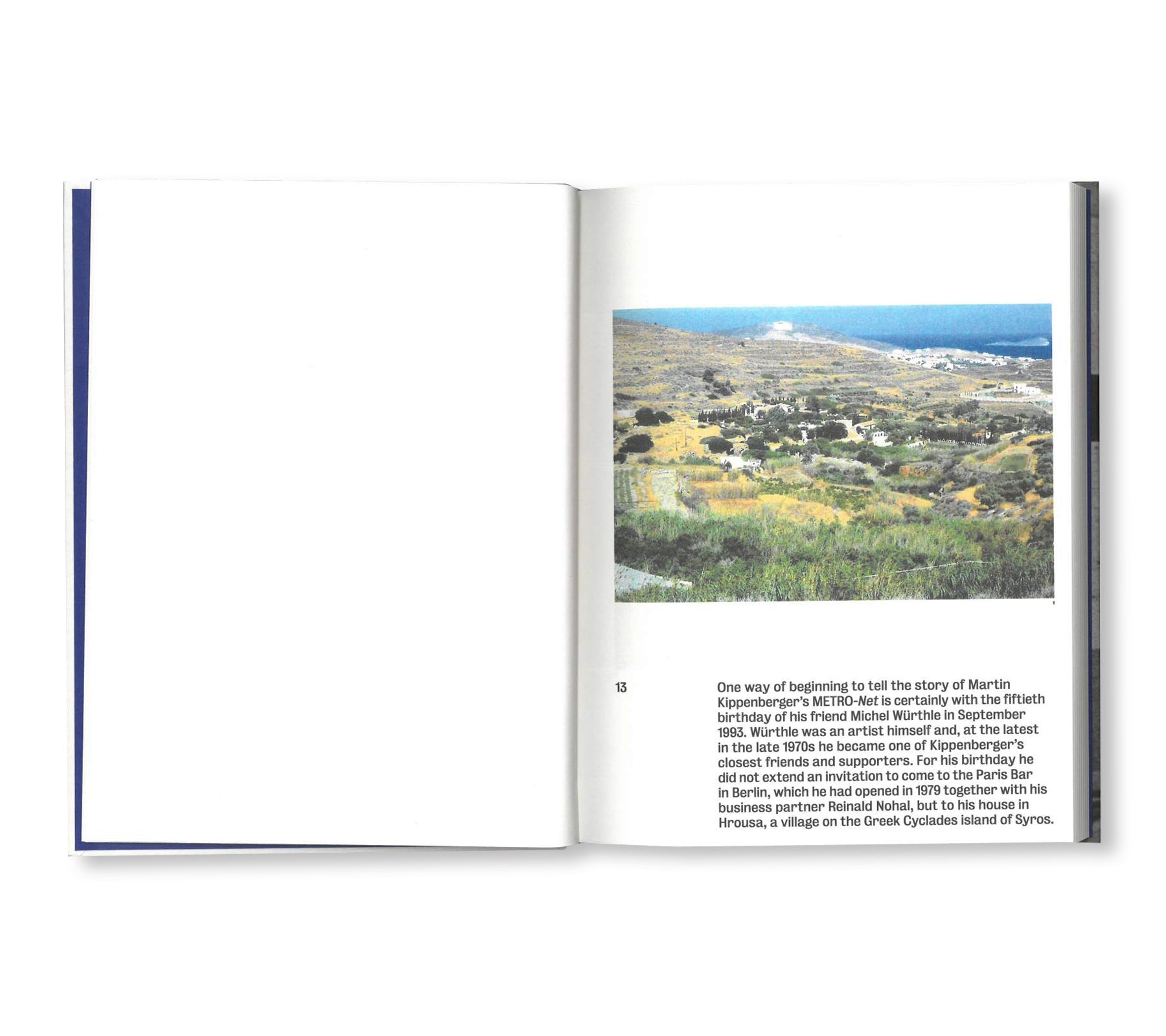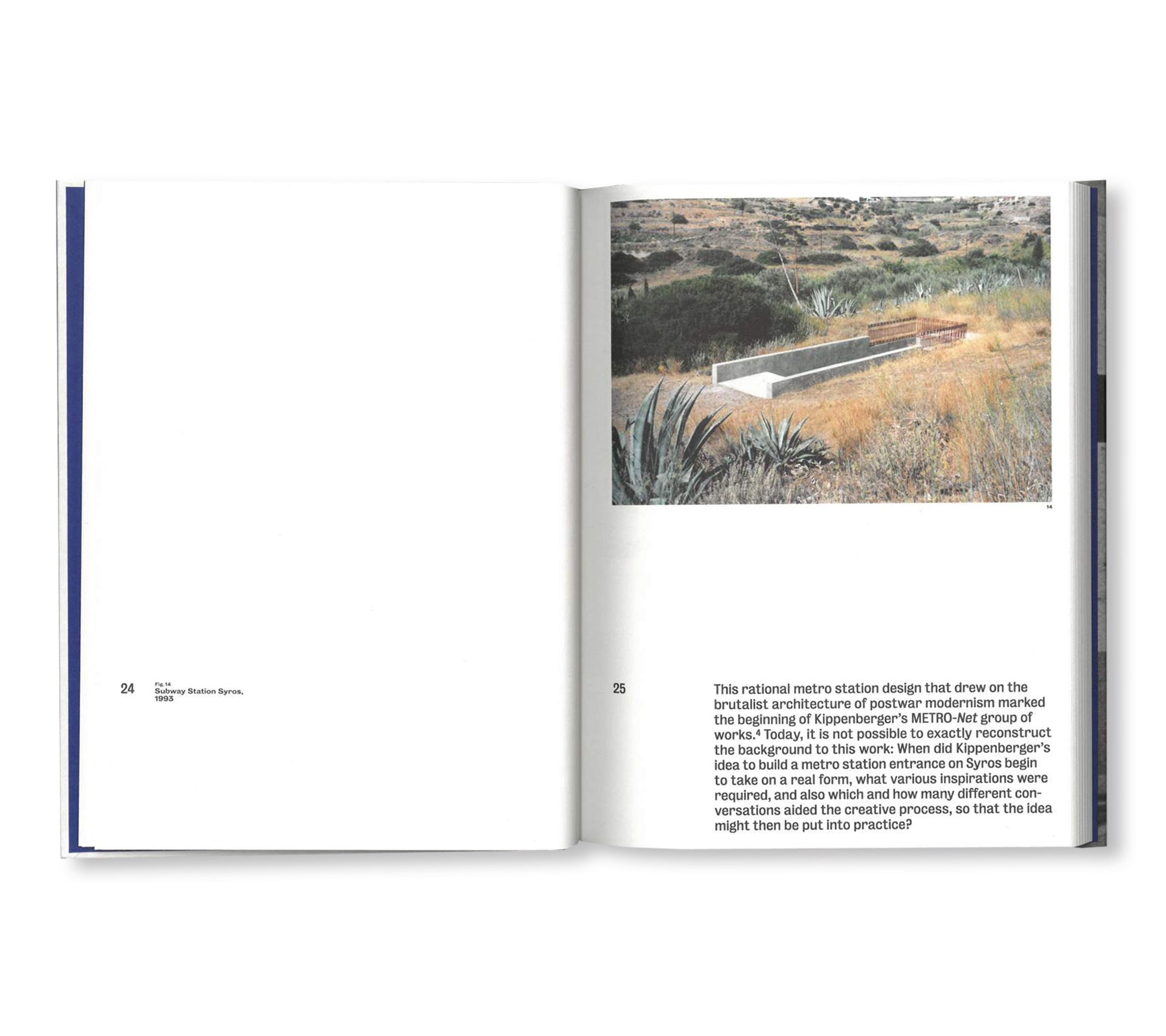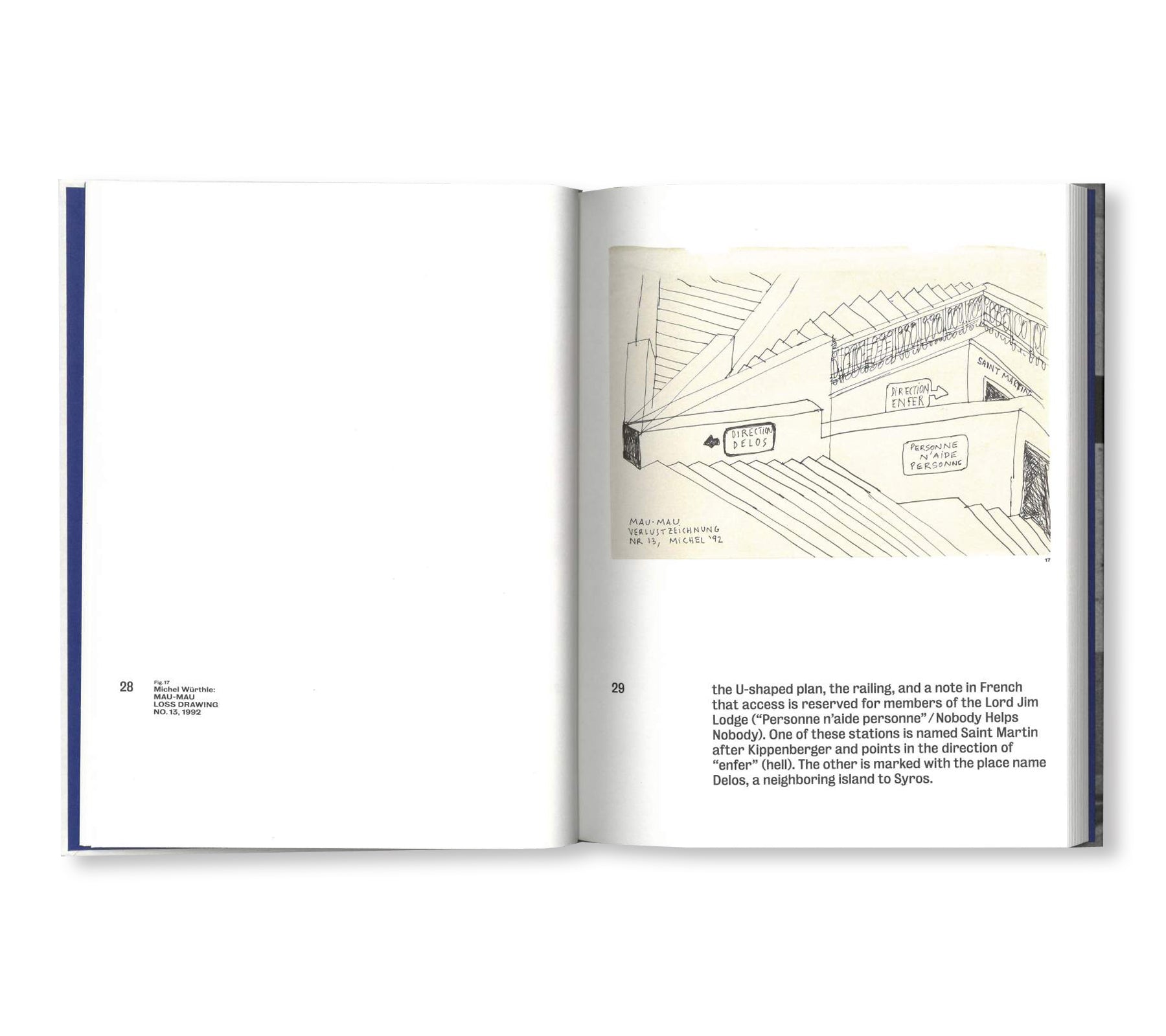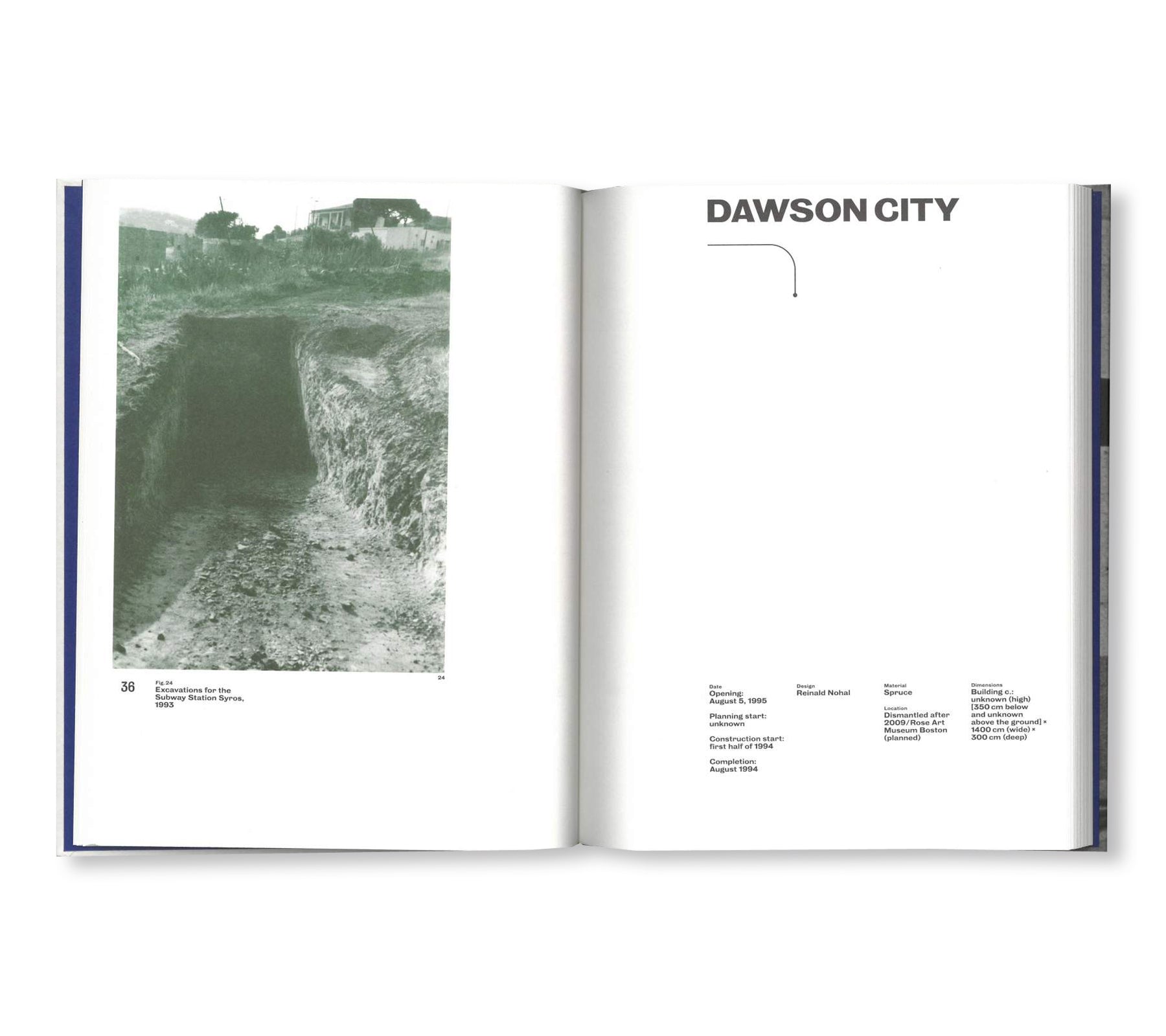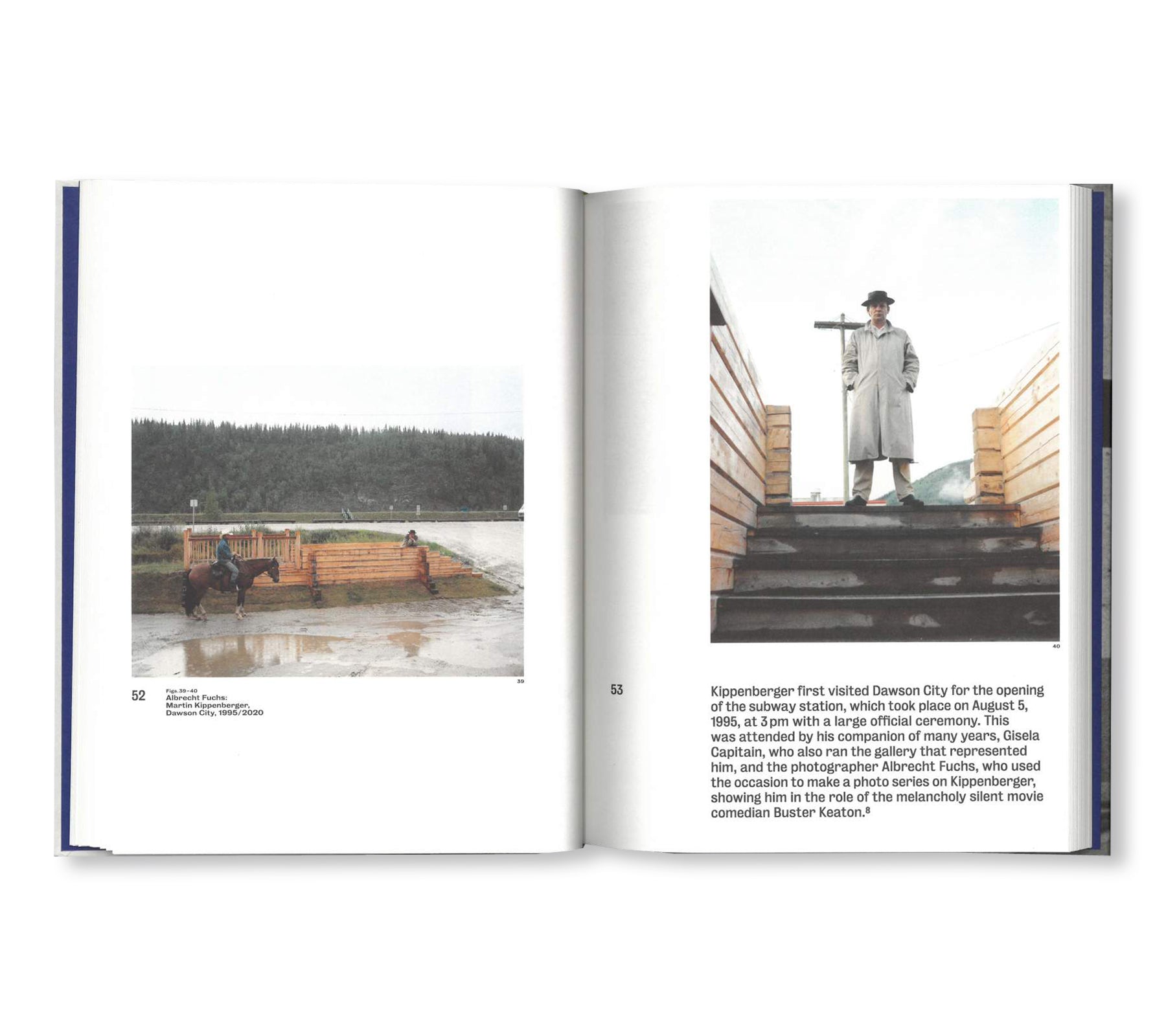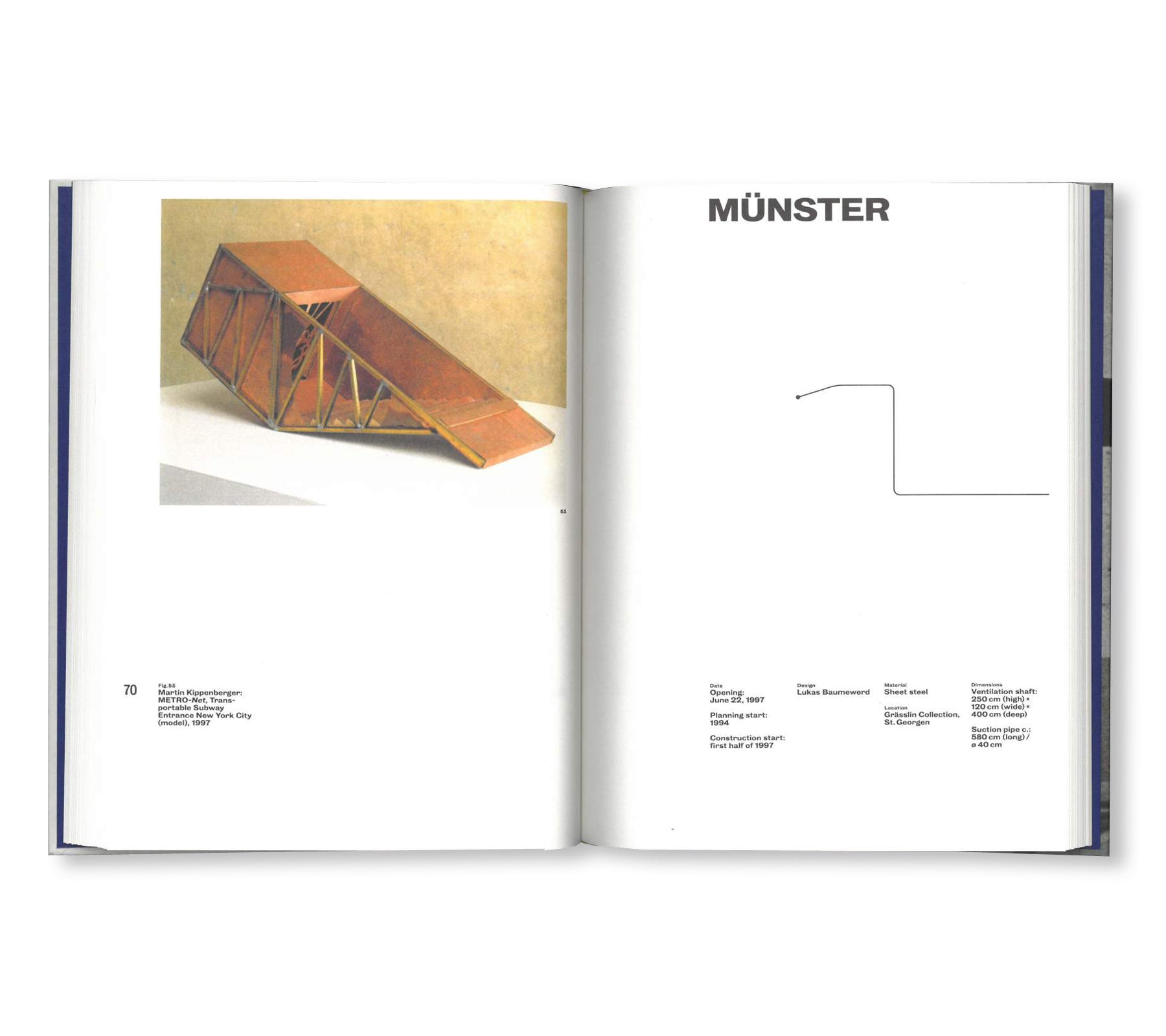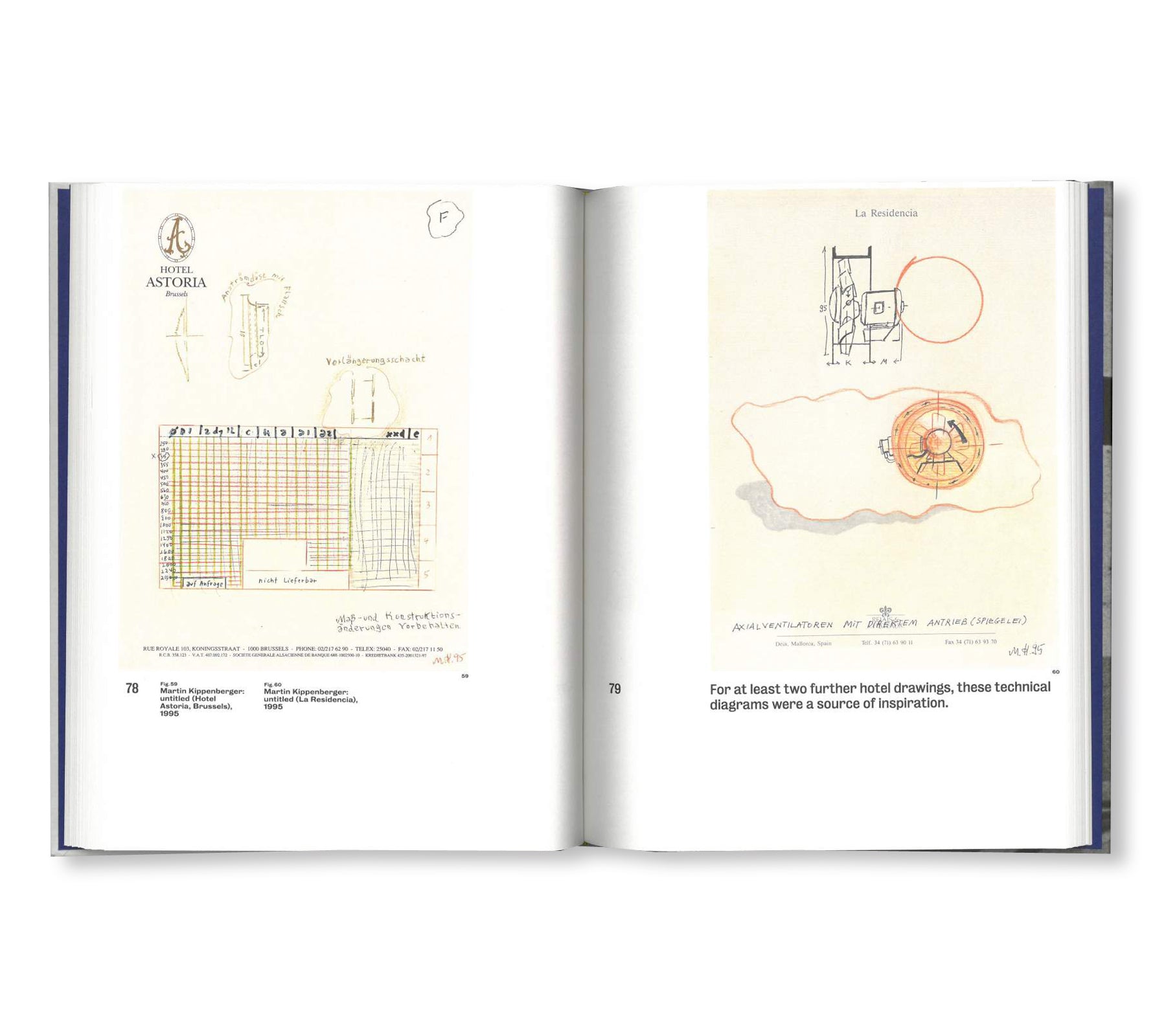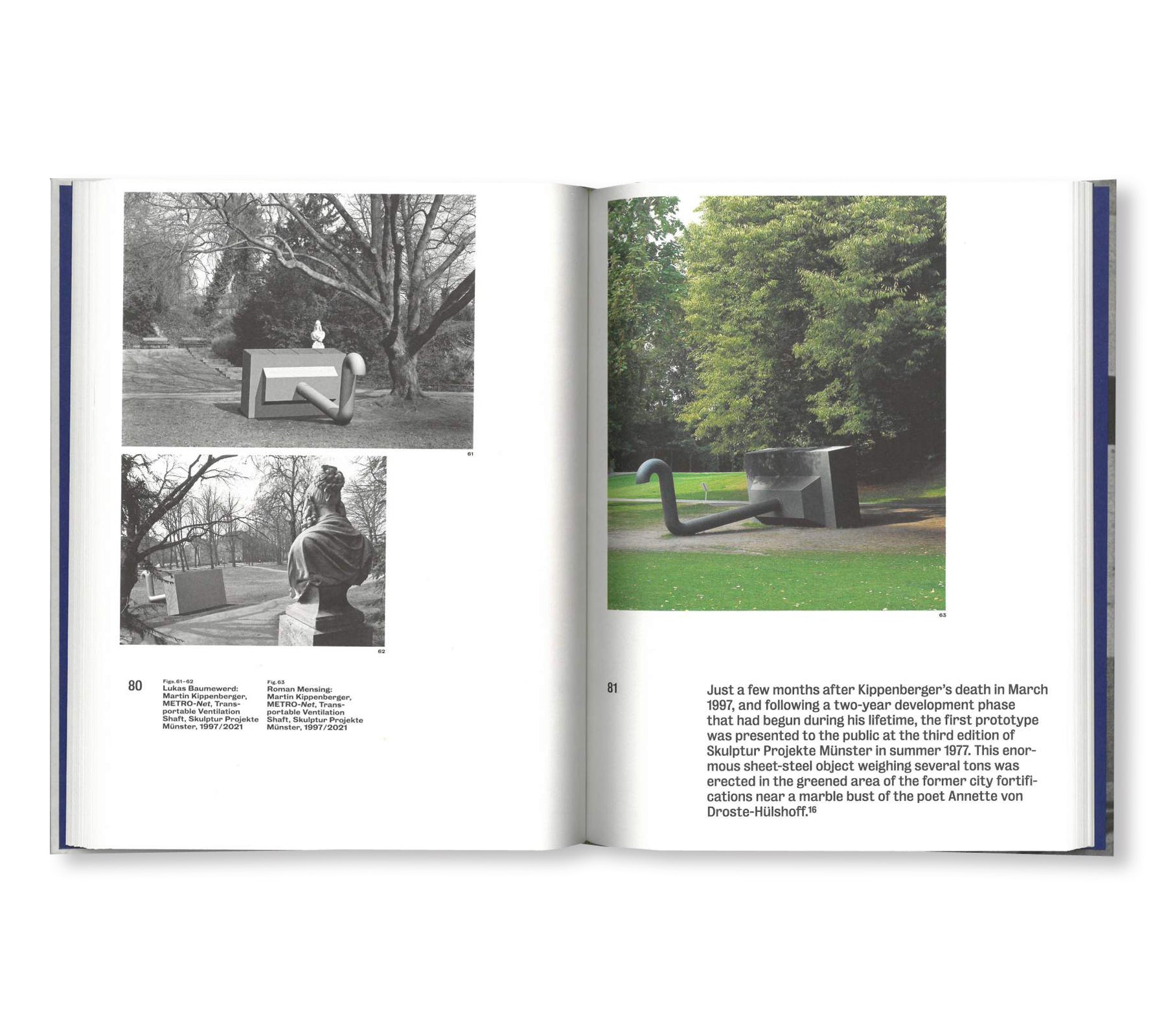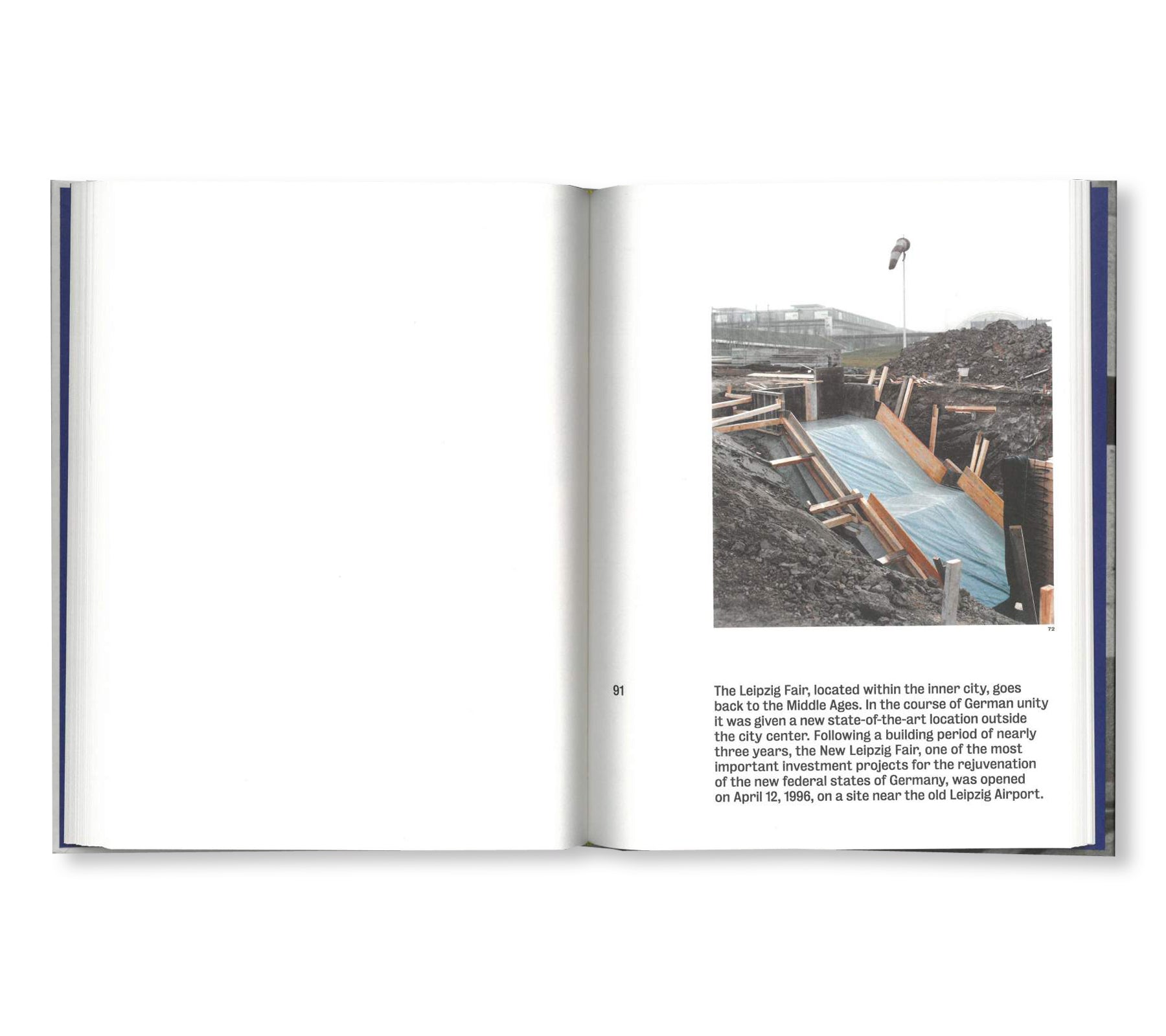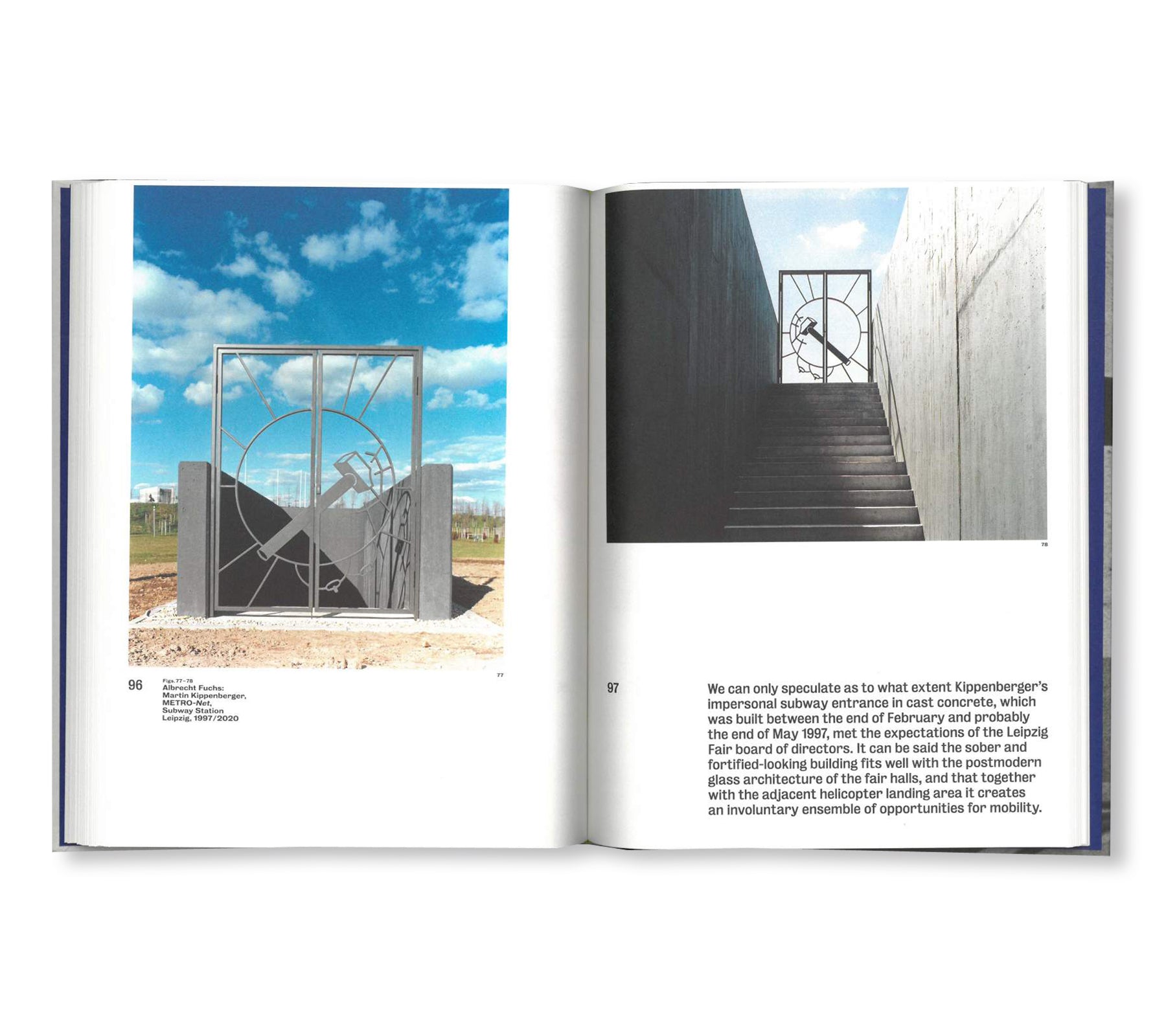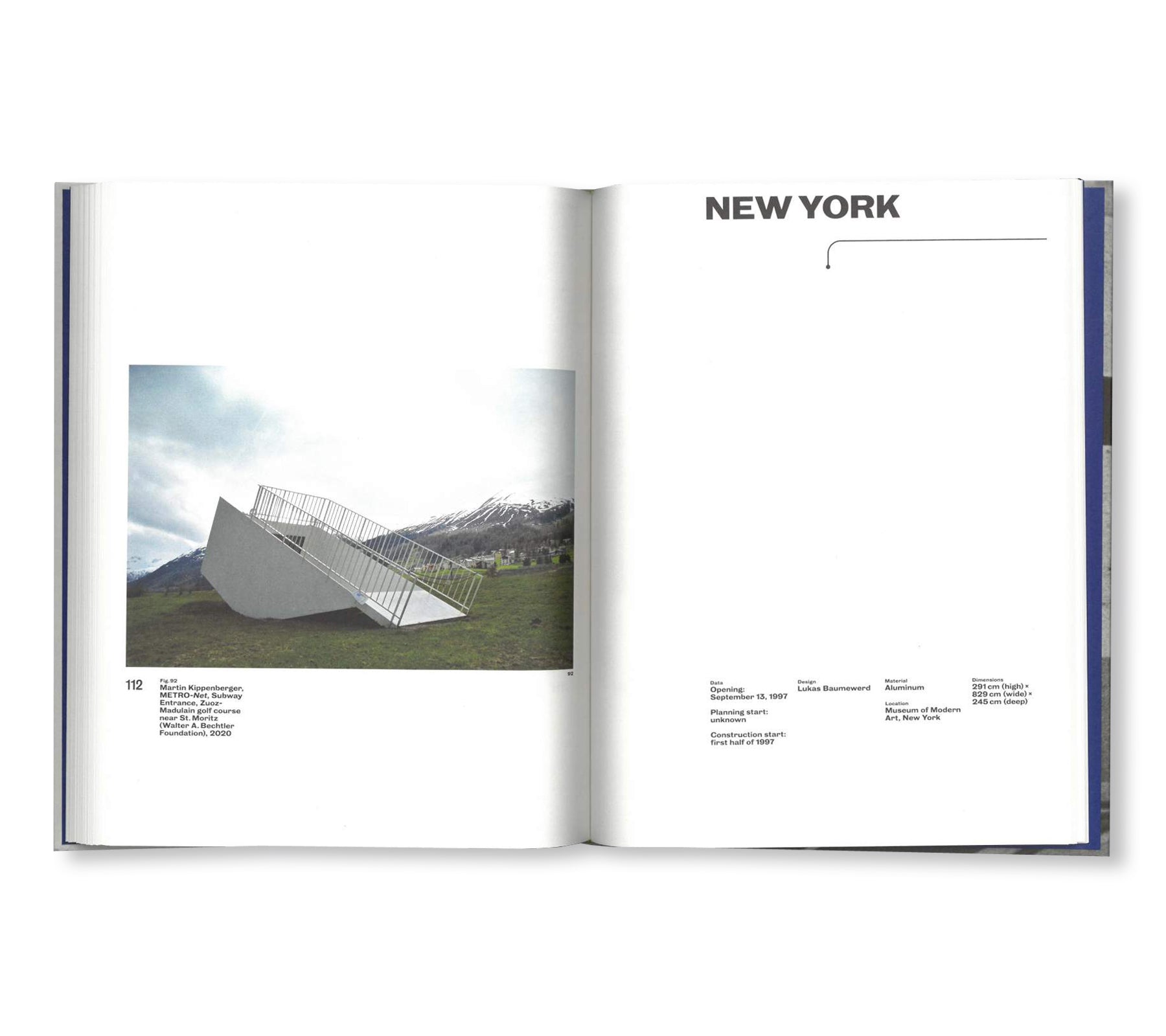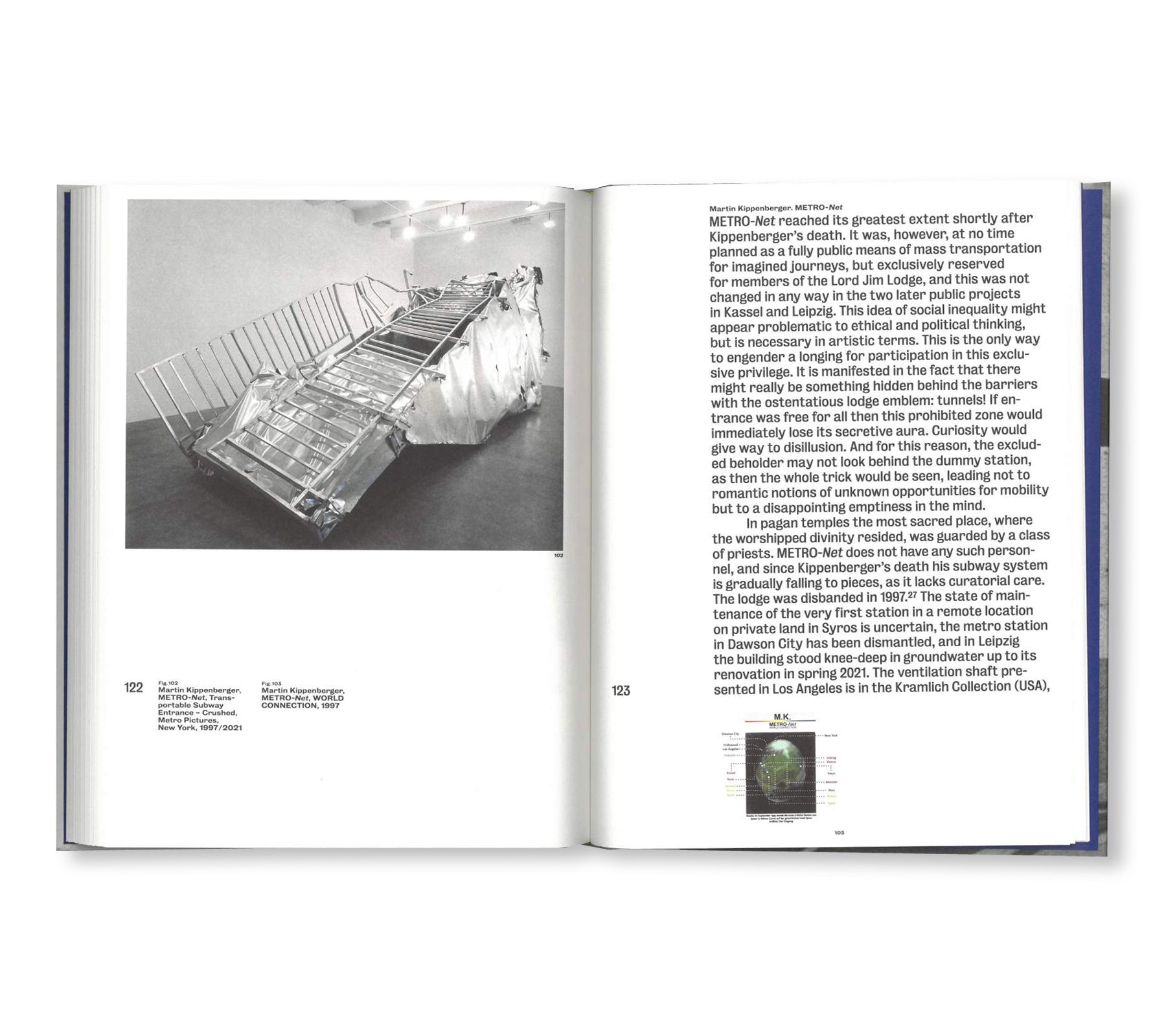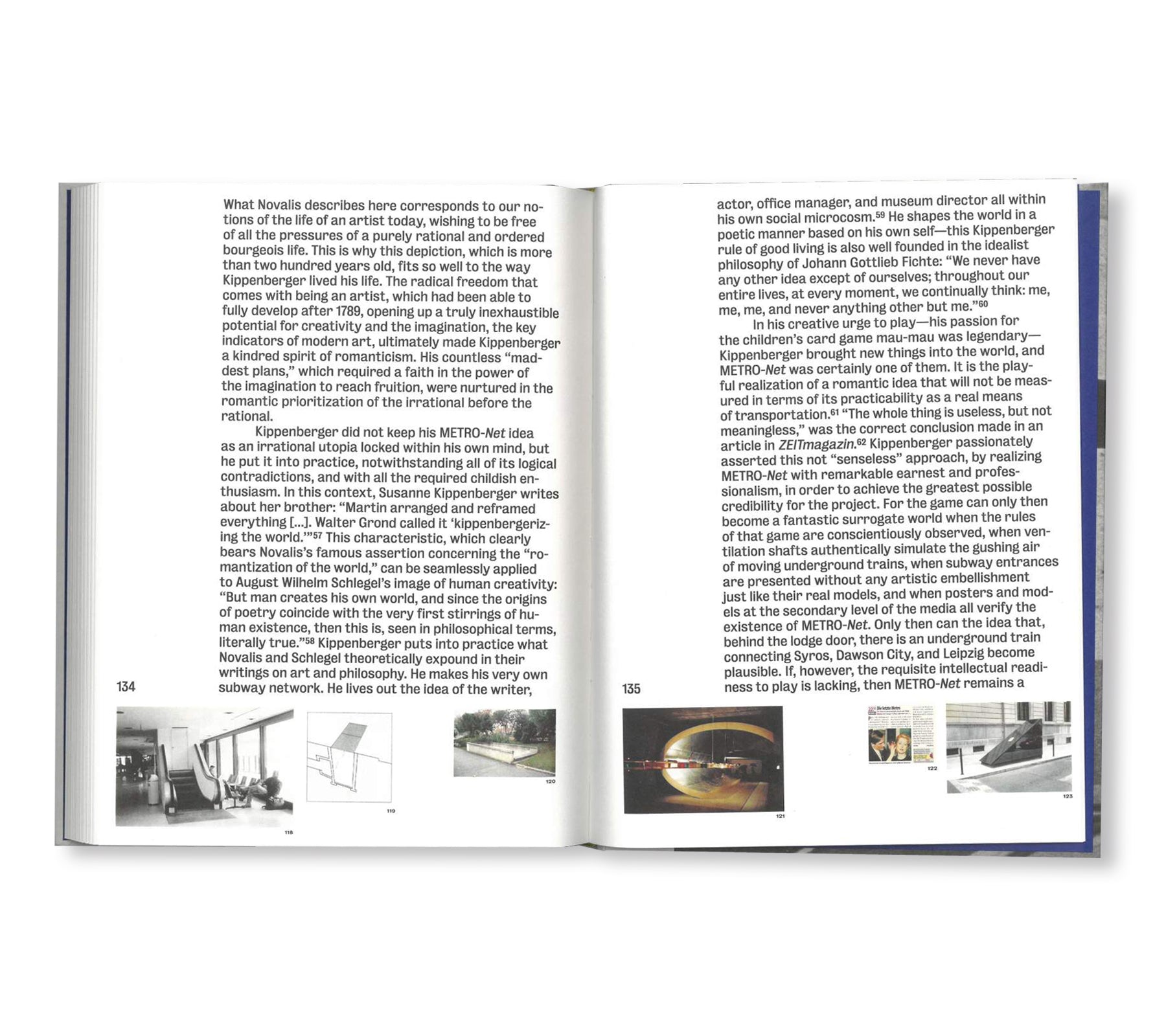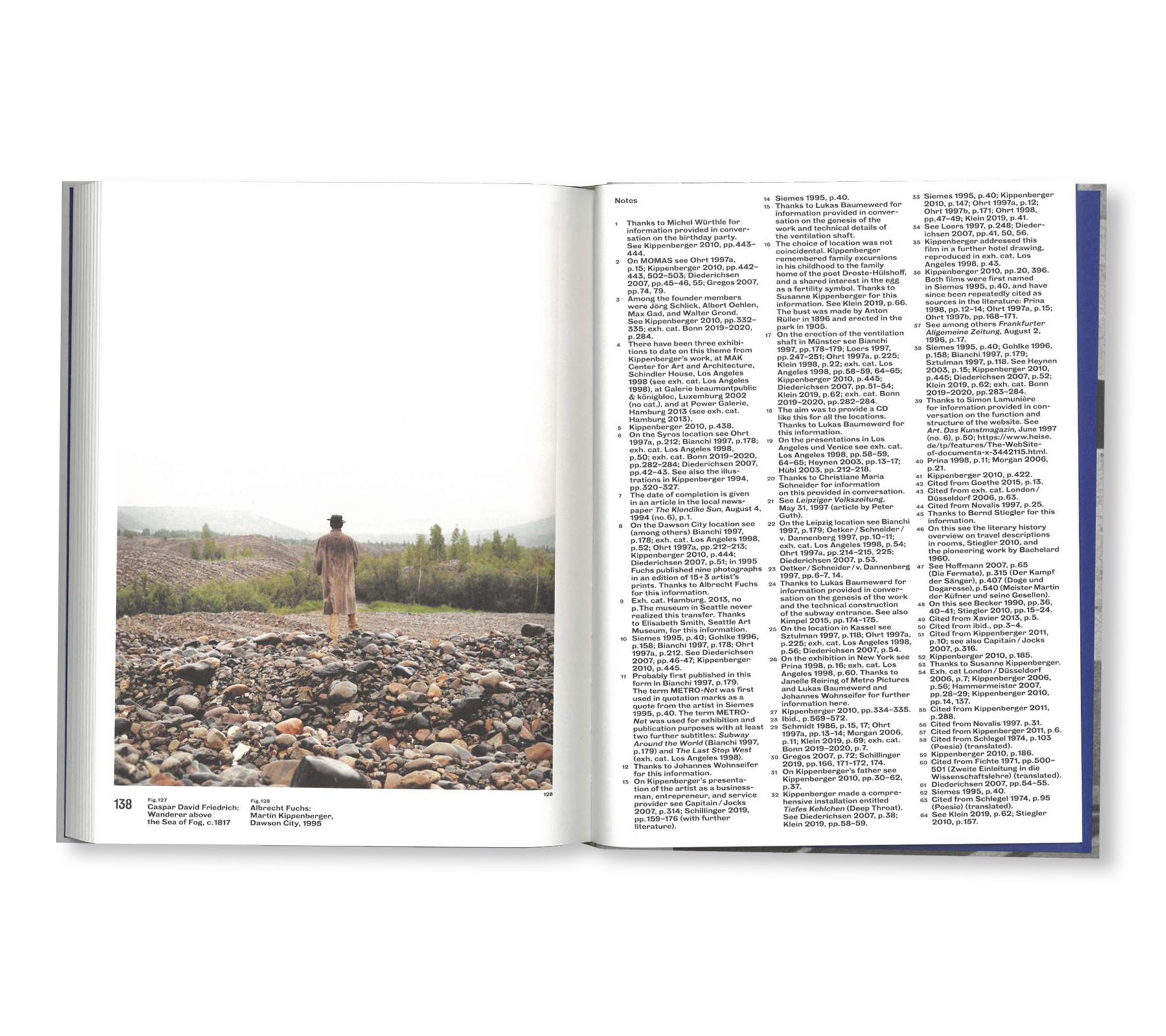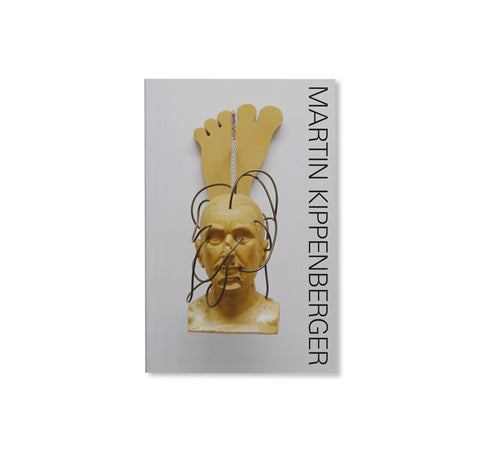METRO-NET by Martin Kippenberger
ドイツ人アーティスト、マーティン・キッペンバーガー(Martin Kippenberger)の作品集。1990年代初期に作者は世界的な地下鉄ネットワーク「METRO-Net」の構想を練っていた。これは数々のプロジェクトの中でも最も興味深いものの1つだが、1997年に44歳で早世したことにより、完成に至る前に実施されるしかなかった。1993年にギリシャのシロス島にこの地下鉄の最初の入り口が建設さると、続いて1995年にはカナダのドーソンシティ、1997年にはオープンしたばかりのライプツィヒ展示場と、さらに2つの入り口が作られた。こうして、無限に想像を広げることができる空間に旅する手段が生まれたのである。この入り口を使うことができるかどうかはその人の想像力にかかっている。地下を走るトンネルやその中を駆け抜ける列車を思い描くことができなければ、このプロジェクトは単なる「無意味な建築計画」でしかない。しかし、 「心の中で旅する人々」にとって芸術作品は移動の手段になるという考えを受け入れることさえできれば、このプロジェクトはとたんに最大限の力を発揮する。 「METRO-Net」を通じて作者は、人生において私たちが経験する予測可能で合理的な変数に対抗するロマンティックな世界観を提案したのである。
2017年からライプツィヒ美術館の近現代美術担当学芸員を務めるマーカス・アンドリュー・フルティヒ(Marcus Andrew Hurttig)と2021年から当美術館館長を務めるシュテファン・ヴェッペルマン(Stefan Weppelmann)による共著。
In the early 1990s, Martin Kippenberger developed the idea of a global underground network: METRO-Net. Although it is one of the artist’s most fascinating projects, his premature death in 1997 meant that it could only be implemented in rudimentary form. In 1993, a metro entrance was built on the Greek island of Syros, followed by two more: one in 1995 in Dawson City in Canada and the other in 1997 on the new Leipzig exhibition grounds. This created a means of travelling in the boundless space of the imagination. Its usability depends on the imagination: without the willingness to visualize tunnel tubes and moving underground trains, this project remains a ”nonsensical building plan.“ But the moment we accept the artwork as a mode of transport for ”mind travellers,“ then its full power can unfold. Kippenberger’s METRO-Net was intended to counter life’s predictable, rationally oriented parameters with a romantic sense of the world.
Marcus Andrew Hurttig has been curator for modern and contemporary art at the Museum der bildenden Künste Leipzig since 2017. Stefan Weppelmann has been director of the Museum der bildenden Künste Leipzig since 2021.
